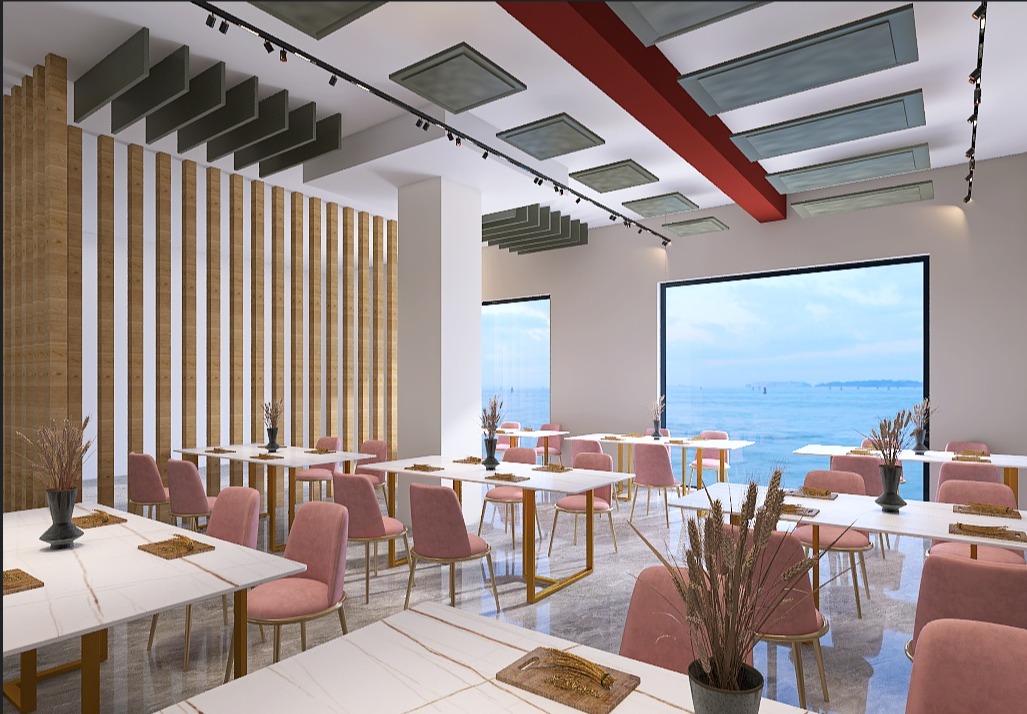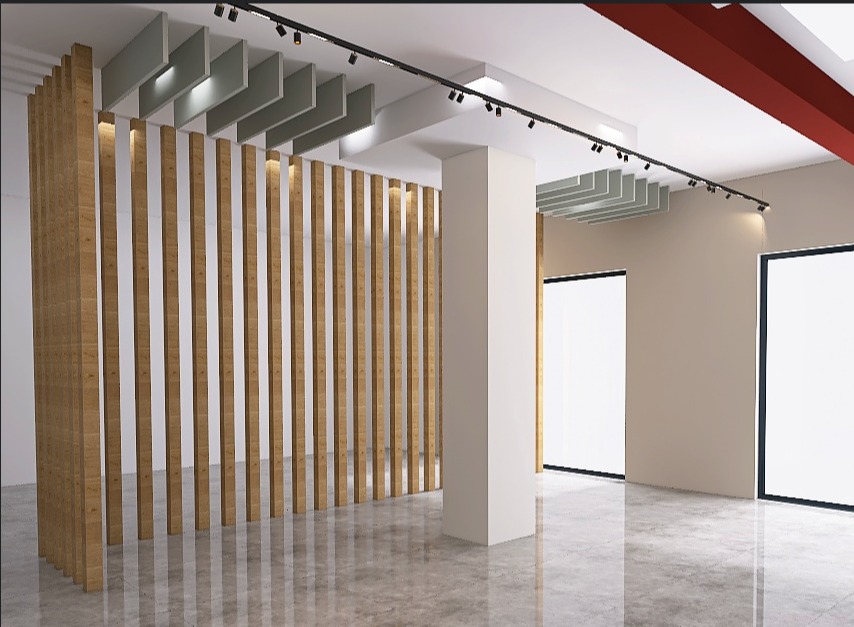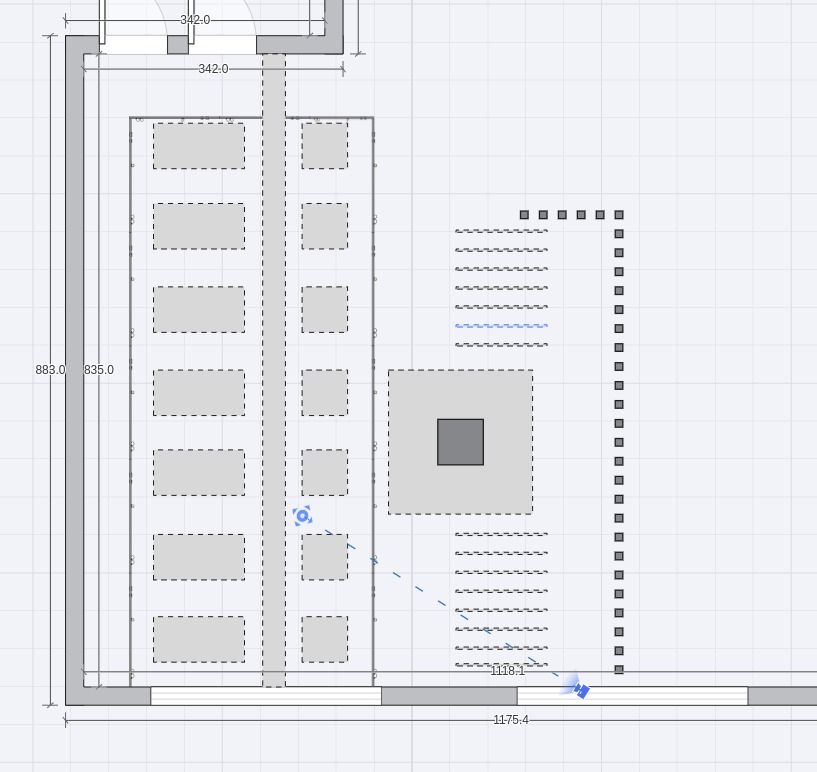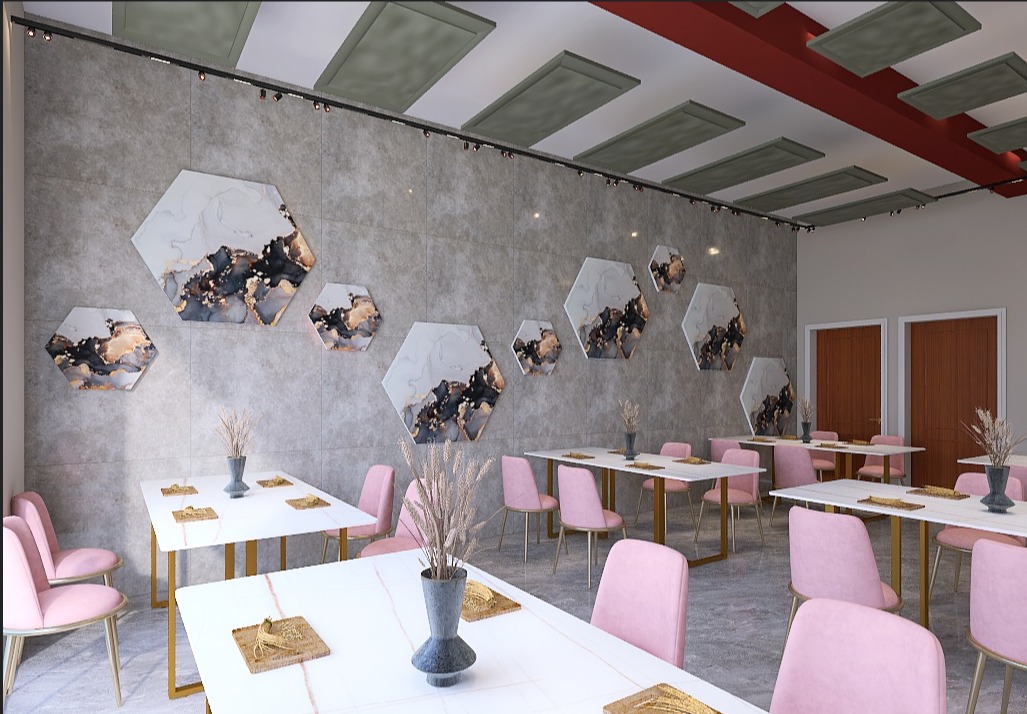When Acoustics Meet Style: Garvan Panels for Total Comfort
When we think about the atmosphere of a restaurant, we often focus on the furniture, the lighting, the view, or even the aroma that welcomes guests as they walk in. But one element that is frequently overlooked—and yet absolutely essential—is sound. And not just music, but how the space itself “sounds”: the acoustic comfort that allows for easy, relaxed conversation without the need to raise one’s voice, without distracting echoes or reverb that can ruin the dining experience.
In this project, we focused precisely on that: improving the acoustic comfort inside a restaurant through a targeted intervention aimed at controlling reverb. Like many modern venues, with open volumes, reflective surfaces like glass and polished flooring, the sound tends to bounce and build up, creating an unpleasant and tiring soundscape—especially during busy hours.
To solve this, we turned to Garvan Acoustic panels, known for their high performance, clean aesthetics, and customization flexibility. The work began with a preliminary acoustic analysis, followed by a tailored design process, visible in the attached renderings and planning images. The panels were strategically placed on both the ceiling and walls, to absorb excess sound energy and greatly improve speech intelligibility.
But what makes this project truly successful is not only the technical solution. All the Garvan acoustic panels were customized—from concrete-effect finishes to graphic-printed surfaces, each element was integrated with care to reflect the visual identity of the space. The goal was clear: to correct the acoustics without compromising design, and in fact, to enhance it. The panels now serve as decorative features, appreciated by the client and fully aligned with the restaurant’s aesthetic.
The result is a space that sounds as good as it looks. A restaurant where guests can dine, talk, and relax in acoustic comfort. A project that shows how well-designed acoustic solutions can truly elevate the quality of a space, improving both function and perception in a way that is immediately felt—even if not always consciously noticed.






